How Can Larry Scott Fix the PAC-12 Officiating Issue?
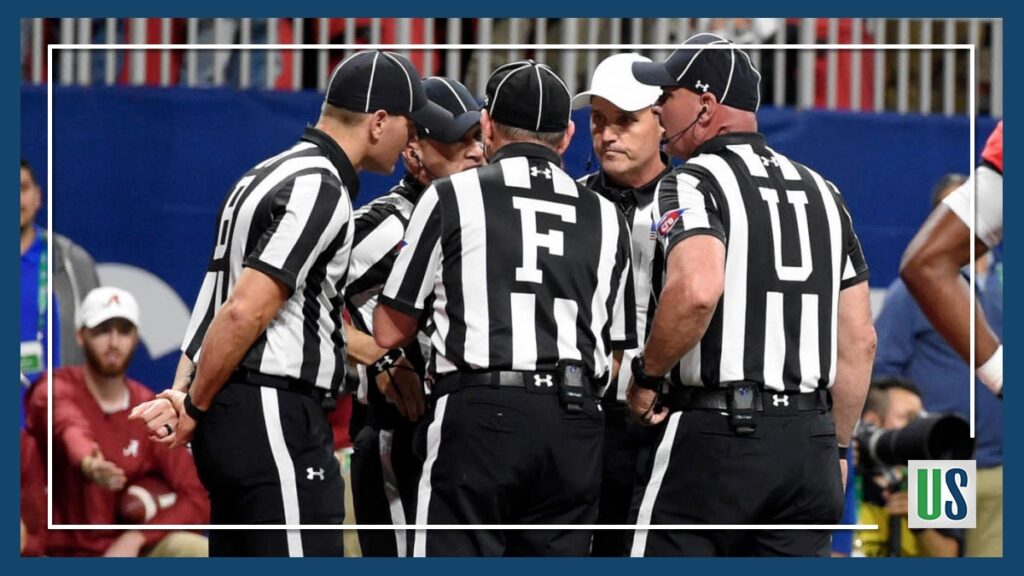
For years, the phrase “PAC-12 refs” has been synonymous with negativity. The conference seems all-too often to have issues with referees being inconsistent, overly flag-happy, and/or slow to make decisions. An extensive review of the PAC-12 referees after last season resulted in no significant findings, according to ESPN, but things have only gotten worse in […]
The Leaders for the PAC-12 End of Season Awards: POY, DPOY
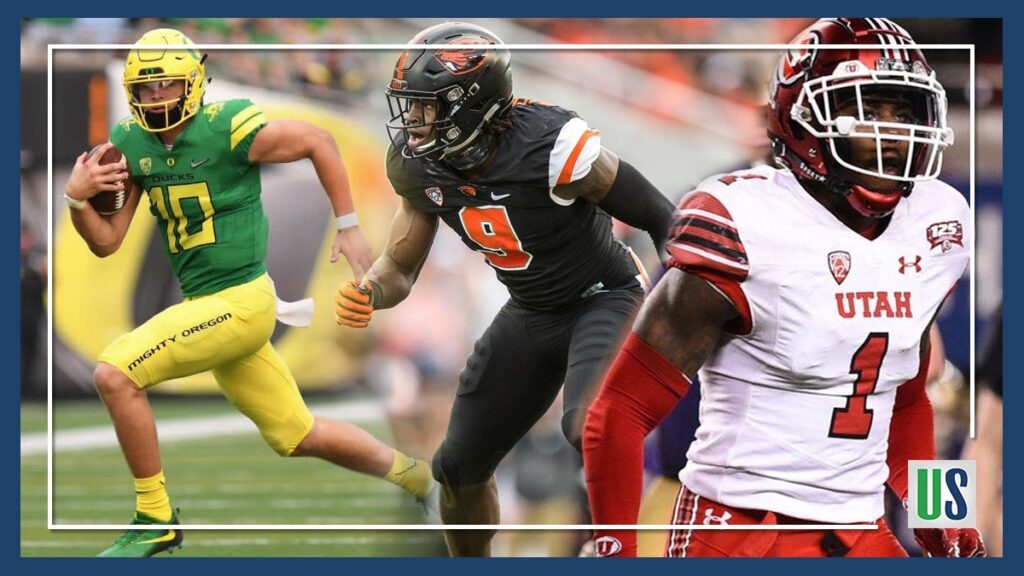
The PAC-12 regular season is nearing its end, and it is time for us to make our prediction about the major awards. From Offensive and Defensive player of the year to the freshman of the year and of course the coach of the year, here is a look at who is in the running for […]
How the Best PAC-12 Defenses Stack Up with the Rest of College Football

The PAC-12 may not be nationally known for having elite defenses, but this season it has become clear that many of the best overall defensive teams reside on the west coast, along with some of the best individual defensive players. Four teams – Oregon, Utah, Arizona State, and Cal – are among the top 20 […]
Sports Illustrated layoffs highlight the sensationalism of sports journalism

Last week, in a gut-wrenching but unfortunately unsurprising move, TheMaven’s takeover of Sports Illustrated resulted in layoffs for nearly half of the iconic magazine’s staff members. The process to let go of so many staff members was callous and ill-managed, as the staff originally asked staffers to report to one of two meetings – presumably […]
Who’s Still In and Who’s Out: The 2019 Pac-12 Football Championship
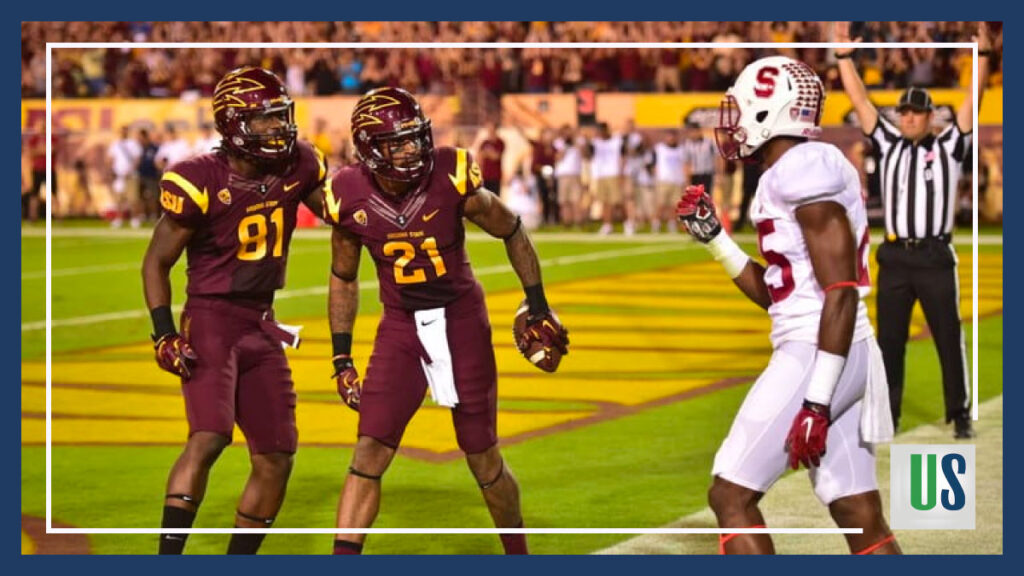
As we predicted earlier in the season, the PAC-12 is doing an excellent job of eating each other alive – a tradition unlike any other in the conference of champions. Cal and Washington State both cost themselves spots in the top-25 with losses to Arizona State and Utah, respectively, leaving the conference with no undefeated […]
NFC West Week 1: What to Know About Your Favorite NFL Team
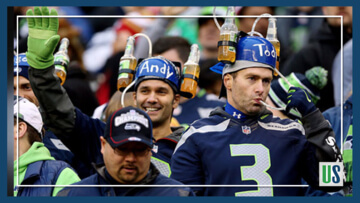
The NFC West should once again produce some excellent football this season, although fans who love high-scoring, pass-heavy offensive attacks may not enjoy it as much as others. The Los Angeles Rams, fresh off a Super Bowl appearance, are the preseason favorites once again. They’ll be challenged heavily by the Seattle Seahawks, who just added […]
Why the Pac-12 Moving Away from 9am Games is Only Step One
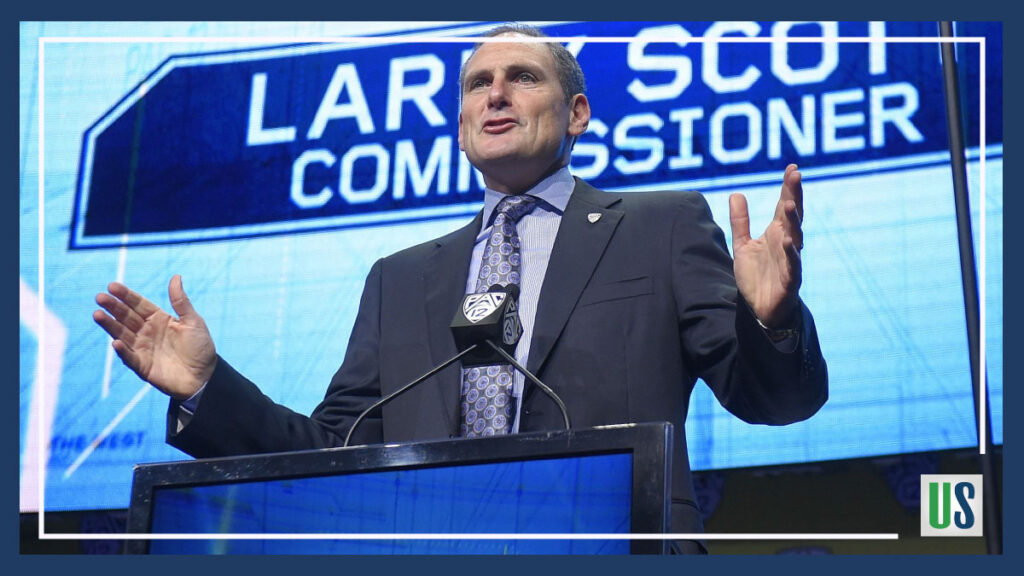
Those on the west coast may enjoy their coffee but 9am Pac-12 games were a ridiculous thought. And fortunately, for at least one year, Larry Scott decided it is the Pac-12’s best interest to avoid 9am kickoffs. The idea gained some traction earlier in the offseason, as it would allow games to be featured at […]
The West Coast is the Best Place for College Football Fans
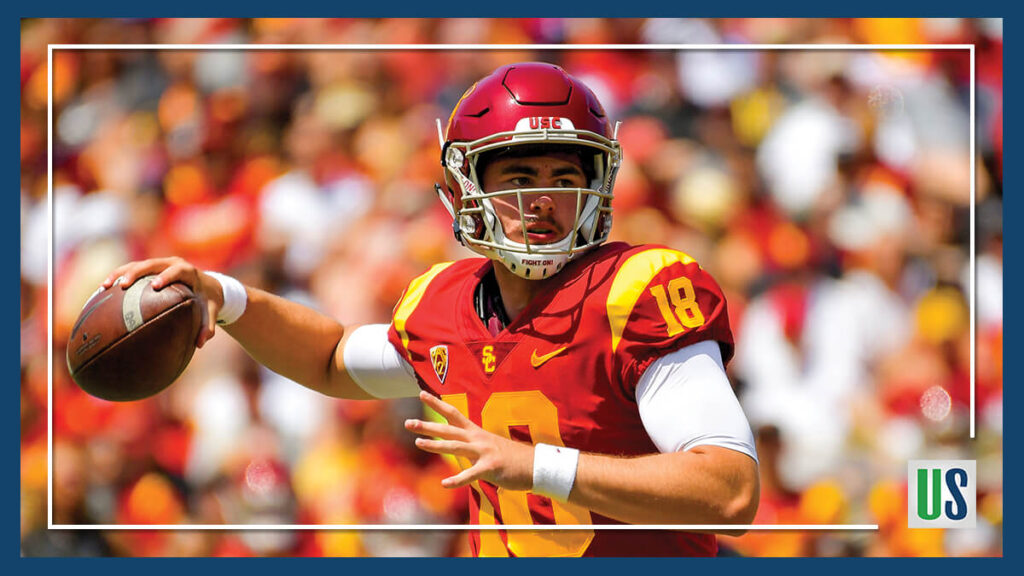
The phrase west coast, best coast is true in a lot of ways, especially when it comes to taking in college football games.
College Football Power 5 Sleeper Teams From Each Conference
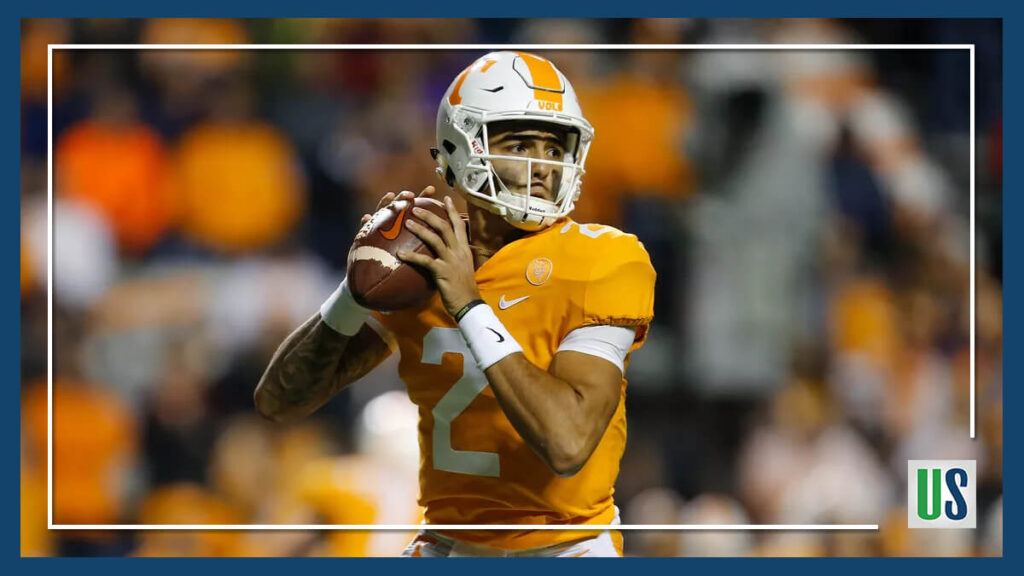
Perhaps more than any other sport, parity seems to be – for lack of a better word – a rarity in college football. Alabama, Clemson, Ohio State, Auburn, etc. seem to always be near the top of the standings, while teams at the bottom of the barrel tend to remain there for years, even decades. […]
Ten Pac-12 Players Who May Be NFL Draft 2020 First-Round Picks
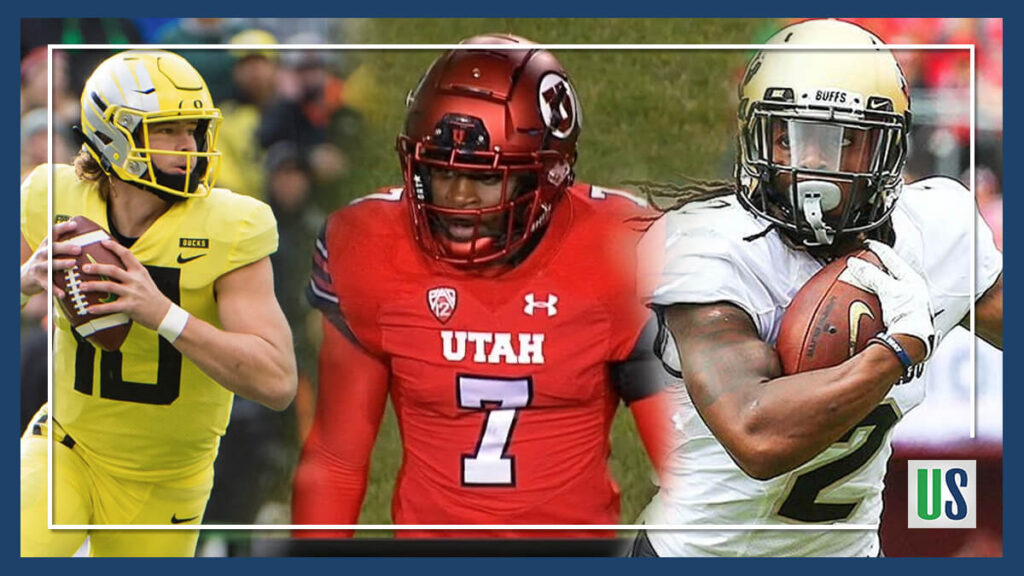
The PAC-12 may not be viewed as the powerhouse that the SEC is, but make no mistake, each year plenty of high-quality talent is selected in the NFL draft out of PAC-12 schools. It’s too early to tell, but players like Andre Dillard (WSU), Byron Murphy (UW) Marquise Blair (Utah) and Kaleb McGary (UW) all […]